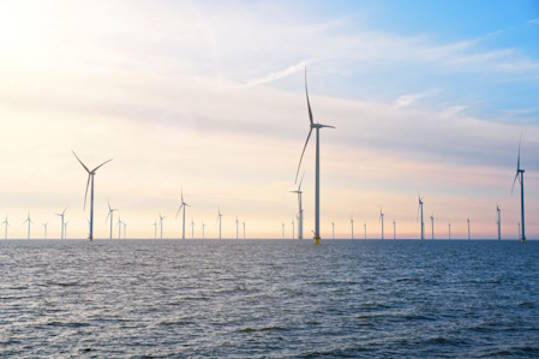
The California Offshore Wind Environmental Impact Statement Is Full of Holes
By David Wojick
BOEM is taking comments on a draft Programmatic Environmental Impact Statement (PEIS) for its five floating wind offshore leases off the California coast. I am doing research prior to commenting and this is my first report which other commenters might find useful.
The comment deadline is February 12 so the final EIS will be under the Trump Administration. This may make comments opposing the Program more important than they have been previously when they were mostly ignored.
For the PEIS and how to comment see https://www.boem.gov/renewable-energy/state-activities/california-offshore-wind-programmatic-environmental-impact
This is BOEM’s second offshore wind PEIS. The first was for a set of leases off New York and it was atrocious. This one is still bad but it has some useful features that are worth pointing out.
Note that this is the first one for floating wind turbines which is very different from the fixed turbines being built along the Atlantic coast. Floating wind is still an immature technology with a large number of proposed designs none of which has been tested at commercial utility scale. There are just a handful of small demonstration scale projects in the world.
There are at least two good things about this PEIS. First is a pretty good tutorial on floating wind with a focus on the California case. This is Appendix A and done by the National Renewable Energy Laboratory. They rule out a number of design options including the most popular that has been demonstrated. The huge range of options they present shows the immaturity of the technology.
Second the PEIS includes an encyclopedic discussion of numerous potential adverse impacts of a huge floating wind project. This is just what is contemplated for each of the five leases so there is already a lot not to like about this Program.
Here is a quick list of some of the biggest flaws found to date.
By far the biggest is that there is no cumulative multi-lease impact assessment. The whole point of a PEIS is to do such an assessment. Cumulative impact can be much greater than the sum of individual project impacts especially where two or more projects are closely clustered as in this case.
In many cases an adverse impact is merely mentioned with no assessment of the potential harm.
The systematic harassment of large numbers of endangered and protected species of whales and other animals is not discussed. In fact the term “harassment” only occurs twice in the entire main report. Death due to noise harassment is one of the top adverse impacts of offshore wind.
Moreover floating wind introduces a major non-acoustic form of harassment. This is the 3D web of potentially thousands of mooring cables each of which could be up to a mile long. We may be talking about hundreds of square miles of deep ocean literally filled with webs of cables. Harassment is defined as causing behavioral change on a protected animal’s part and these monstrous webs will certainly do that.
The PEIS does briefly mention the threat of “secondary entanglement” in the nets, lines and other debris that are caught on the cables over time. The potential adverse effects of this deadly accumulation needs to be assessed in detail.
Lastly there is an extensive economics section but no mention of cost. Development of these five leases will likely cost ratepayers and taxpayers tens of billions of dollars, possibly hundreds of billions, but these staggering sums are never quantified. Job creation is treated in detail as a benefit when jobs are in fact a cost.
This is just a quick look but it is already clear that this PEIS is woefully inadequate. In fact it specifically avoids those issues that justify cancelling the Program. Stay tuned for more findings.
First published at CFACT.org.
David Wojick
David Wojick is a former consultant with the Office of Scientific and Technical Information at the U.S. Department of Energy in the area of information and communication science.
From hearetland.org